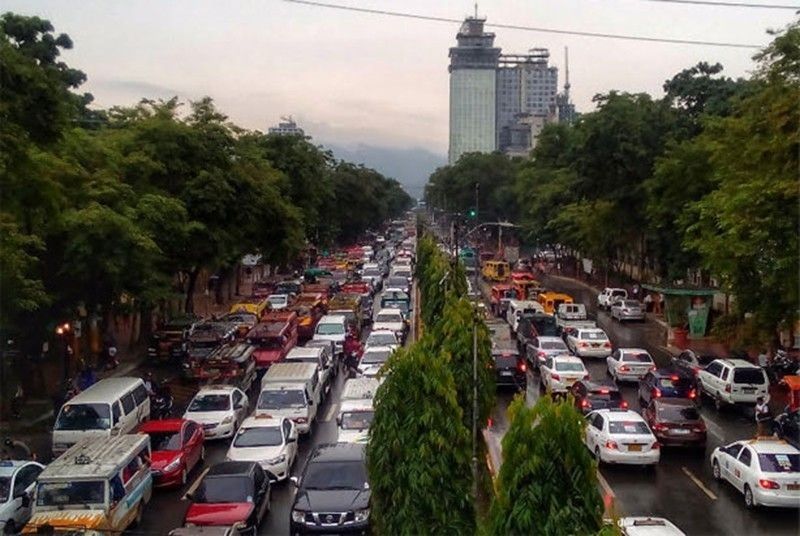
In 2016, the GSP-based traffic app, Waze, branded Cebu as the world’s worst urban area to drive in. Millions of the app’s users from 38 countries voted Cebu as the worst among the 186 areas with an index rating of 1.15 out of 10. While many thought that Manila had it worse, the capital only ranked 16th compared to its ranking in 2015 where it was labeled as the “Worst traffic on Earth”.
The criteria for rating was divided into six categories where participants had to score the different cities according to (1) the density and severity of its traffic, (2) road quality and infrastructure, (3) density of accidents and road hazards, (4) access the gasoline stations, (5) socioeconomic status, and (6) Wazeyness (as measured in the collated number of “thanks” and “driver mood” selected within the app).
| Waze’s 2016 Driver Satisfaction Index (Rating: Satisfying = 10; Miserable (10) | |
| Worst Countries in the World to be a Driver | Worst Urban Areas in the World to be a Driver |
| 1. El Salvador (2.85)
2. Philippines (3.13) 3. Guatemala (3.36) 4. Panama (3.48) 5. Indonesia (3.45) |
1. Cebu, Philippines (1.15)
2. Bogor, Indonesia (2.15) 3. San Salvador, El Salvador (2.85) 4. Denpasar, Indonesia (2.89) 5. Bandung, Indonesia (3.00) |
Three years after this alarming call, how did the province address this concern, given that more and more tourists have been coming to the Queen City of the South?
Last 2018, Metro Cebu tapped Japanese experts in coming up master plans on finally solving the seemingly-incurable problem with regards to traffic. Jica Master Plan came up with a P209B worth of project to eradicate traffic in the metropolis – a new bridge, circumferential road, two railway projects, and unified traffic system.
Consequently, local governments of each city and municipality has been coming up with several solutions as these projects would take additional years to fulfil. Cebu City Mayor Tomas Osmeña came up with his “Basket of Solutions” to which his proposition includes:
Moreover, the Department of Transportation also unveiled its plans of the Integrated Inter-modal Transport System that includes an LRT from Carcar City to Danao City and Mandaue City to Airport Line.
These are all in addition to the already established system of SM Mybus, Beep, on-going construction of Cebu-Mactan Third Bridge, regulation of Angkas, incoming operation of Cebu Water Buses, 42 city and provincial road projects, 98B Cebu railway plan, 970-meter SRP tunnel, Mactan-Cebu’s new airports, reconstruction of ports around the province (Pier 4, Malapascua, Daanbantayan, Camotes, and Bantayan Island), ongoing 74KM Cebu Expressway that spans Naga-Danao, andongoing construction of the Mambaling tunnel.
There’s so much more that Cebu has to work on to. The government has to quickly address all these problems given that more and more people – both locals and foreigners – have been coming and staying in Cebu. Hopefully, all these plans and sacrifices will bear fruition in order to put into realization their claim of “tomorrow” that is better than today.